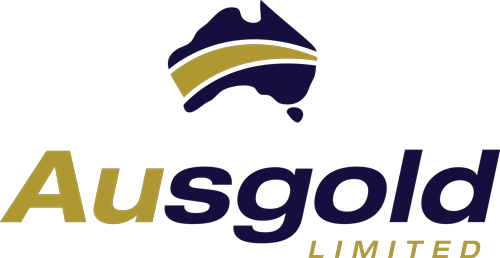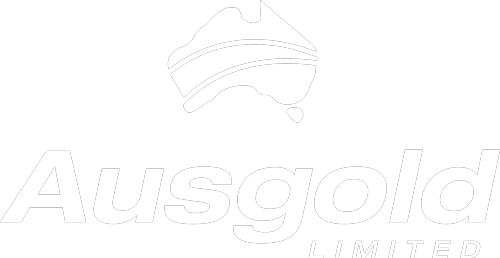Doolgunna Station JV, WA
(AUC interest 100%)
The Doolgunna Station Project is located 150km north-east of Meekatharra in Western Australia’s Bryah Basin and approximately 13km to the west of, and along trend from, Sandfire Resources’ Degrussa copper-gold operation. The project comprises E52/3031 covering 192km2.
In 2018, Ausgold entered into a Farm-in Agreement with AIC Mines Limited for the Doolgunna Station Project, whereby AIC can earn up to a 70% interest in the Project by spending a minimum of $2,150,000 over four years. Upon AIC meeting its expenditure commitment, Ausgold has the right to retain a 30% contributing interest or revert to a 20% free carried interest to a decision to mine.
Exploration
Completion of a technical review and field assessment by Ausgold in 2017 demonstrated the potential for Doolgunna Station to host Degrussa-style Volcanic Hosted Massive Sulphide (VHMS) and Plutonic-style orogenic gold deposits. Reinterpretation and enhancement of aeromagnetic data collected by Ausgold in 2010 highlighted north-east striking shear-bounded structural corridors similar to those that host Plutonic-style mineralisation. These corridors were the focus of a soil sampling program back in July 2017 and warrant further investigation.
Elevated copper values in aircore drilling are associated with a late north-east striking fault that has cross-cut two prospective horizons for VHMS mineralisation:
The copper anomalism is considered a secondary leakage haloe that has migrated along the north-east fault. Reinterpretation of VTEM and aeromagnetics flown by Ausgold in 2010, highlighted untested VTEM conductors associated with the large magnetic and conductive body that lies within the Peak Hill Schists.
A diamond drill program partially funded by the Exploration Incentive Scheme (EIS) and a review of drill core has redefined the stratigraphy within the project area. The drilling highlights key stratigraphic horizons within the project area that are known to host DeGrussa-style VHMS copper-gold mineralisation.
The four southern-most drill holes DDG001-003 and DDG006 intersect prospective Narracoota and Karalundi Formations, the same rocks that host the DeGrussa Cu-Au VHMS deposit. The contact between basalts from the Narracoota Formation and underlying volcano-sedimentary rocks of the Karalundi Formation is marked by the Jenkins Fault.
DDG001 and DDG002 Narracoota Formation basalts (hyaloclastite) extend into the underlying Karalundi Formation volcaniclastic sedimentary and turbiditic rocks. This sequence of rocks has potential to host DeGrussa-style VHMS mineralisation. DDG006 is closer to the Jenkins Fault having intersected a significant thickness of volcanogenic breccia known to form a lateral marker unit at the base of DeGrussa stratigraphy. In parts DDG006 has a mafic derived chlorite-sericite-biotite magnetite altered sedimentary rocks with intense carbonate alteration and carbonate breccia, previously been referred to as the Peak Hill Schist.





